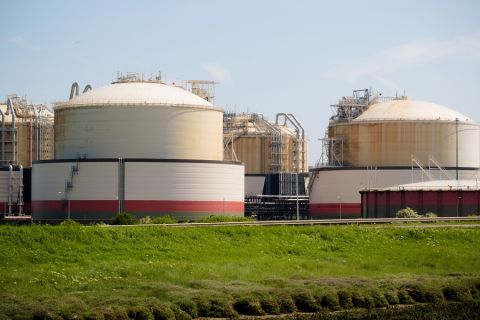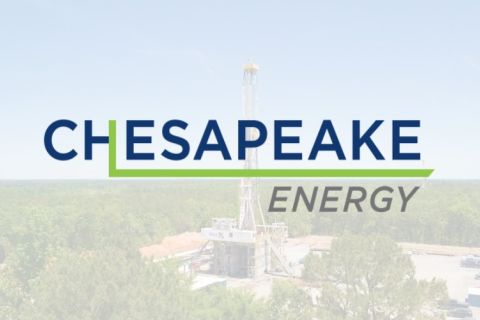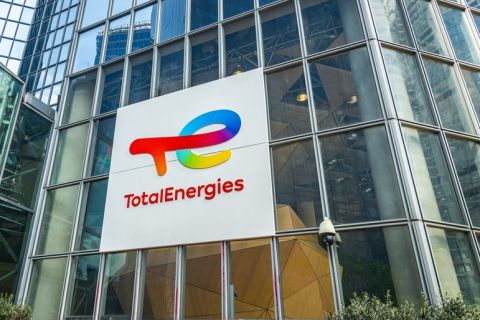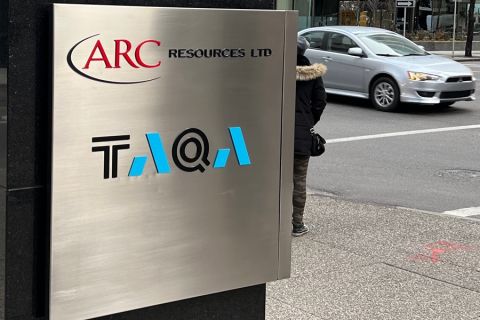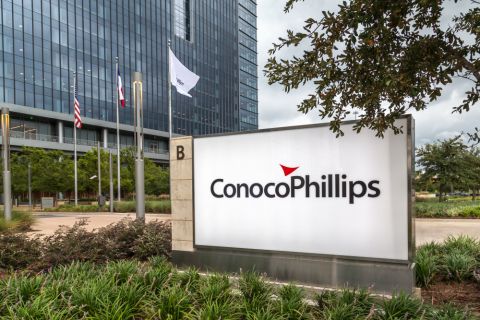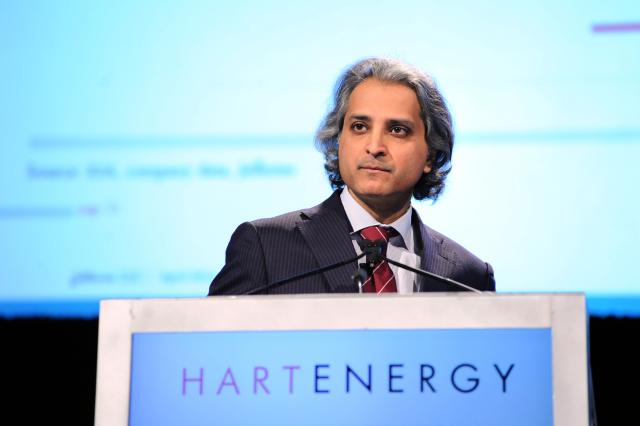
Subash Chandra, equity research analyst covering the energy sector with a focus on energy producers and energy transition companies at The Benchmark Co. LLC, speaking at a previous Hart Energy event. (Source: Hart Energy)
FORT WORTH, Texas—Despite the ups and downs of oil and gas, energy analyst Subash Chandra reassured attendees of Hart Energy’s DUG Permian Basin and Eagle Ford conference and exhibition that these are good times.
“We are in a pivotal moment, I think, for the energy sector,” said Chandra, equity research analyst at The Benchmark Co. LLC, on May 16. “It’s a point of redemption that we’ve waited a very long time for.”
Chandra has covered the energy sector since 1997 and, prior to joining Benchmark, worked throughout his career for various firms, several of which have dropped traditional energy research “because they never thought this moment would arrive,” he said.
The main pushback for the last three to four years was that capital discipline in the upstream sector was what Chandra described as an “unknown element.” Things have changed, however, and the first quarter proves it, which he shared during his presentation at DUG Permian Basin and Eagle Ford in addition to a new math for E&P investment.
“The first quarter, the main message that we got—and Steve referenced this, it was probably the main part of the conversation,” he said referring to the conference’s opening keynote by Chevron’s Steve Green, “is investors first.”
The market was waiting for the first quarter to see if this was the moment that upstream companies break their promises of capital disciple and chase growth and, as Chandra pointed out, that didn’t happen.
RELATED:
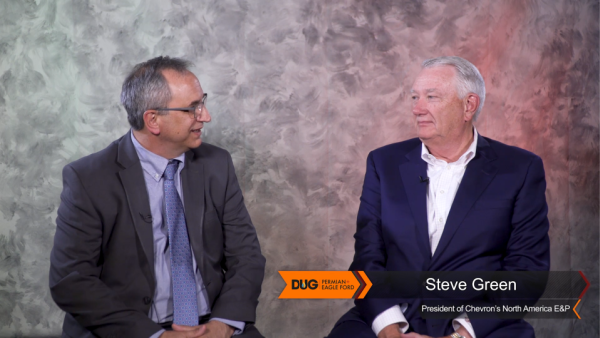
DUG Permian Extra: Chevron’s Steve Green Talks Value of the Basin
Asked what his top picks for the upstream sector were by session moderator Jay Young, who serves as president and CEO of King Operating Corp., Chandra gave three: Earthstone Energy, Antero Resources and Talos Energy.
“Earthstone, ESTE, is one of our top Permian names,” he said. “They’ve been the fasting growing—and organically—company of 2021.”
Based in The Woodlands, Texas, Earthstone Energy is a growth-oriented oil and gas E&P company focused on the Permian Basin and Eagle Ford Shale. Within the past year, Earthstone has transformed itself into a larger scaled, low-cost producer utilizing M&A of small operators in the Midland Basin.
“Tremendously counter-cyclical [and] has not gotten credit for it,” he said. “They will get credit for it when a lot of the haze settles.”
Still, Chandra said a new market focused on return of capital brings a new math for E&P investment.
“What you don’t see here is type curves, IRRs, wells per section—every other conference we’ve been at for 10 years, that math is out,” he said. “The new math is—this is 99.8% of the investors I talk to look at two numbers—primarily what is free cash flow yield versus multiple.”
As a result, Chandra believes the market is increasingly basin-agnostic when it comes to upstream companies. Still, he noted that, year-to-date, natural gas was the best performing of the sub-sectors this year.
Chandra also reassured DUG attendees that type curves still matter, they just matter less these days. A key number, though, that he monitors is the S&P 500 weighing of the E&P sector, which is currently at 4%.
“We need to get to a number that is closer to 10%,” he said. “Closer to 10%, the engagement to investors will be magnitudes higher than it is today because as well as the sector has done ... the investor engagement isn’t there yet. It isn’t because, I think, of this one key metric.”
In addition to a bright outlook for natural gas producers and big strategic changes ahead for LNG, Chandra also touched on another hot topic during his wide-ranging discussion: inflation.
According to Chandra, there have been two types of inflation starting with post-COVID, which include supply chain bottlenecks.
“I think some of that, if not a bunch of that, was anticipated in the 2022 budgets,” he said of post-COVID inflation.
However, following COVID, the Russian invasion happened, leading to a second wave of inflation involving diesel, steel, etc.
“That was unanticipated,” he said. “I think we’re seeing capital programs drift toward the upper end of the 2022 guidance but we don’t know where it’s going to stop. We don’t know what 2023 is going to look like and that’s going to be a key focus.”
Recommended Reading
Venture Global, Grain LNG Ink Deal to Provide LNG to UK
2024-02-05 - Under the agreement, Venture Global will have the ability to access 3 million tonnes per annum of LNG storage and regasification capacity at the Isle of Grain LNG terminal.
DUG GAS+: Chesapeake in Drill-but-don’t-turn-on Mode
2024-03-28 - COO Josh Viets said Chesapeake is cutting costs and ready to take advantage once gas prices rebound.
Total CEO: US LNG Shaky, Global Projects Brought into Spotlight
2024-02-21 - U.S. President Joe Biden’s decision to pause approvals for new U.S. LNG projects benefits similar projects around the world and casts doubt around U.S. supply, TotalEnergies’ Pouyanné told analysts during the company’s quarterly webcast.
ARC Resources Adds Ex-Chevron Gas Chief to Board, Tallies Divestments
2024-02-11 - Montney Shale producer ARC Resources aims to sign up to 25% of its 1.38 Bcf/d of gas output to long-term LNG contracts for higher-priced sales overseas.
ConocoPhillips CEO Ryan Lance Calls LNG Pause ‘Shortsighted’
2024-02-14 - ConocoPhillips chairman and CEO Ryan Lance called U.S. President Joe Biden’s recent decision to pause new applications for the export of American LNG “shortsighted in the short-term.”

